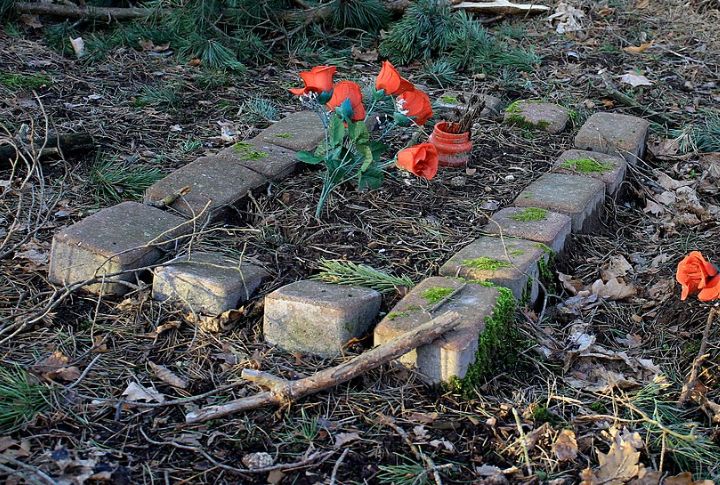
A quiet backyard farewell might feel like the perfect send-off—until nature, time, and a few overlooked details begin to interfere. Suddenly, a simple goodbye spirals into unexpected problems. Some outcomes are messy, others illegal. And a few? Downright disturbing. Here’s what can go wrong.
Contamination Of Groundwater
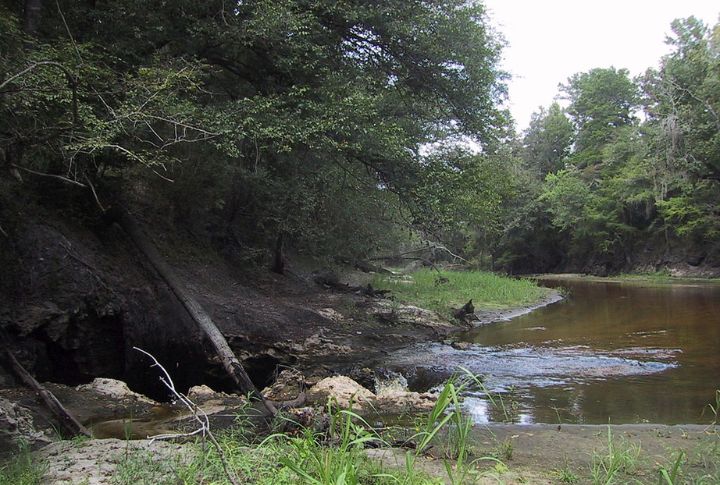
Burying a pet too close to a well or stream can backfire—big time. As the body breaks down, harmful bacteria and chemicals from flea collars or medications may seep into the soil. Over time, that runoff can pollute groundwater and affect nearby drinking supplies.
Attraction Of Scavengers
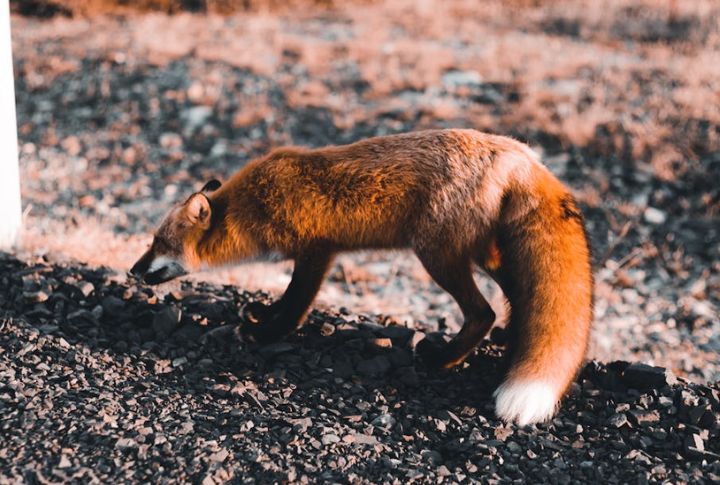
Wild animals are drawn to decomposing organic matter. If a pet is not buried deeply enough or without proper containment, scavengers can dig up the remains. This poses both emotional trauma and public health risks, as wildlife can carry bacteria from the grave into nearby yards or homes.
Legal Penalties For Illegal Burials

What feels like a private choice is often a regulated issue under local health and zoning laws. Violating these burial codes may result in fines or mandatory exhumation. Many counties also require specific burial depths and setbacks from water lines or property boundaries, so always check first.
Spread Of Zoonotic Diseases
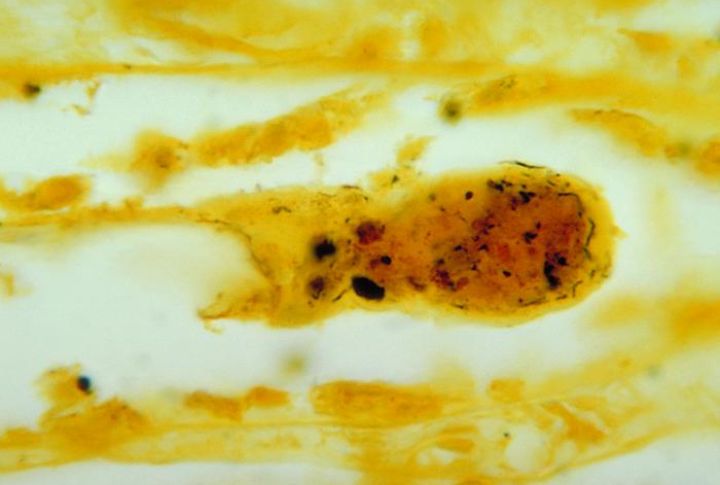
Pets may carry bacteria or parasites that survive long after they’re buried. If someone, especially kids, touches the soil, they risk infection. Diseases like leptospirosis and toxoplasmosis can spread this way, turning a final goodbye into a health concern for the whole household.
Emotional Distress From Accidental Discovery

Shallow or unmarked pet graves can be accidentally disturbed during landscaping, renovations, or resale. Accidentally uncovering pet remains can reignite grief, particularly in children. To avoid this distress, ensure that your pet’s burial site is clearly marked. Alternatively, you could opt for cremation.
Environmental Impact Of Burial Chemicals
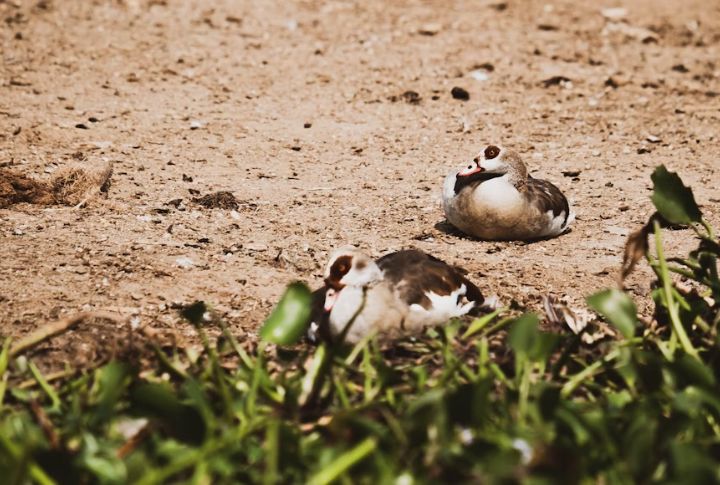
Most euthanized pets contain barbiturates, strong sedatives used to stop the heart. These drugs don’t disappear after burial. Instead, they seep into the soil and can poison scavengers like foxes or birds. Even tiny doses can kill. Plus, the contamination sticks around long after the pet is gone.
Difficulty Selling Property With Pet Graves

Thinking of selling your home someday? A backyard pet grave can make things tricky. Some buyers feel uneasy, particularly if there’s no documented record. While it won’t deter everyone, it may raise red flags during inspections and quietly influence a buyer’s comfort level or their final offer.
Incomplete Decomposition Due To Soil Type
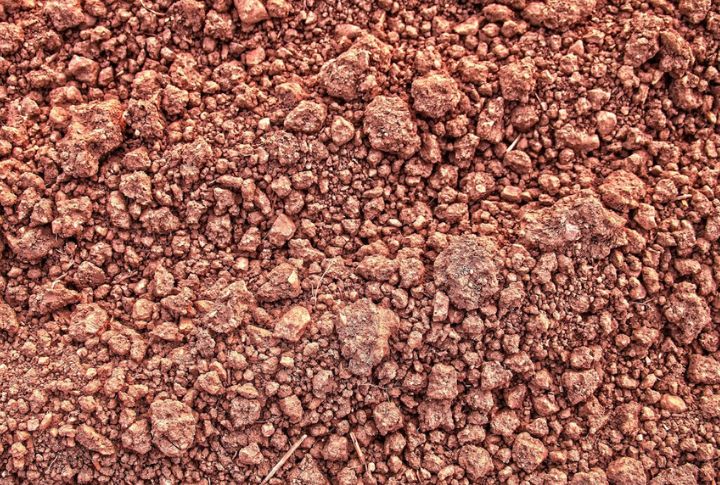
Not all soil allows nature to do its work. In dense clay or arid ground, decomposition slows dramatically. As a result, pet remains may stay preserved far longer than expected, turning a heartfelt burial into an unintended environmental issue that quietly lingers for years beneath the surface.
Risk Of Flooding Unearthing Remains
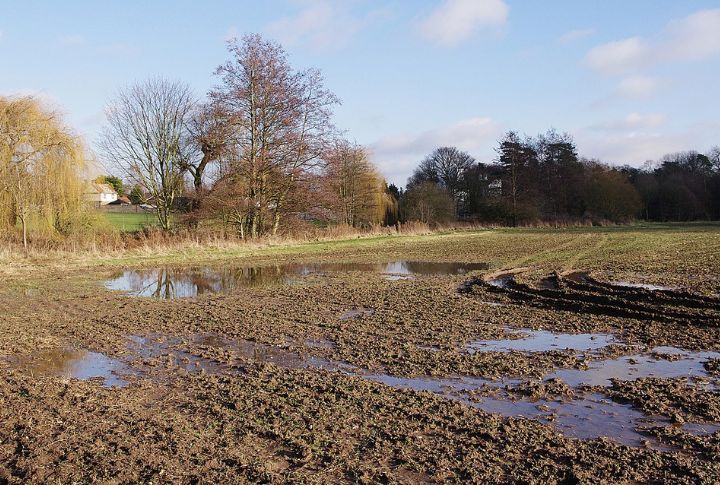
Flood-prone yards don’t keep secrets for long. When storms roll in, waterlogged soil can shift or collapse, dragging buried remains to the surface. Even well-covered graves in low areas are vulnerable. All it takes is one bad rainstorm to wash everything loose.
Restrictions On Future Land Use

That quiet corner of your yard might one day be the perfect spot for a shed or patio—until you remember what’s buried there. Whether due to sentimental attachment or local regulations, pet graves can restrict future property development, which could limit your options for creating the outdoor space you envision.

